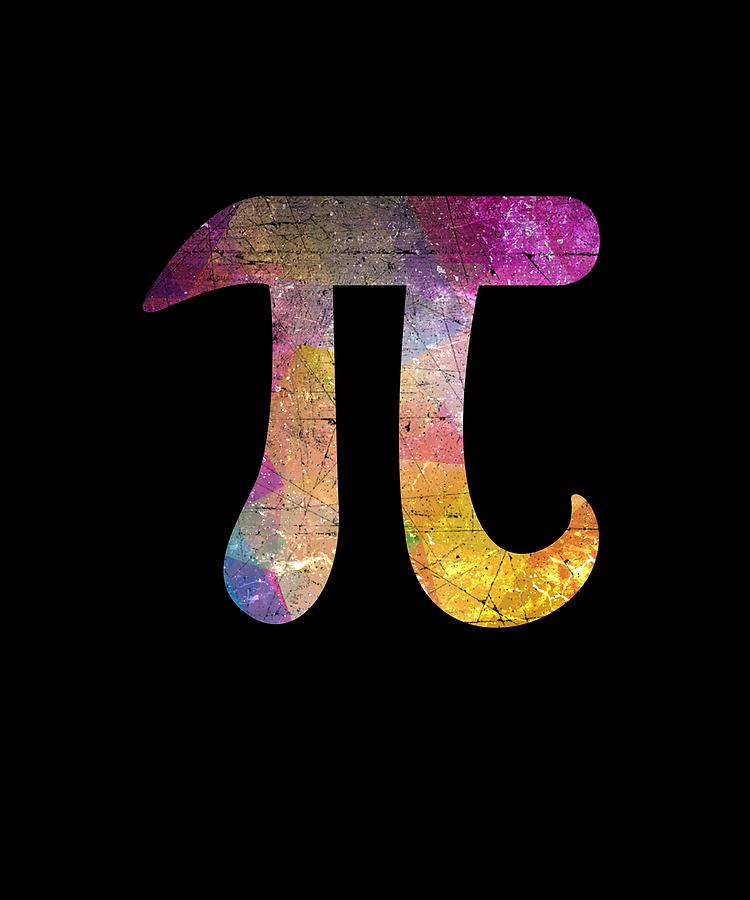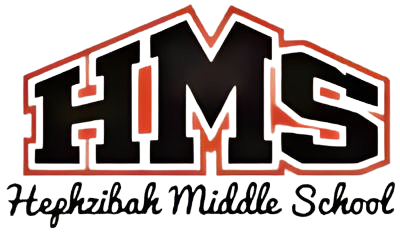-
8th Grade Mathematics

In Grade 8, instructional time will focus on three critical areas: (1) formulating and
reasoning about expressions and equations, including modeling an association in bivariate data
with a linear equation, and solving linear equations and systems of linear equations; (2) grasping
the concept of a function and using functions to describe quantitative relationships; (3) analyzing
two- and three-dimensional space and figures using distance, angle, similarity, and congruence,
and understanding and applying the Pythagorean Theorem.Class Learning Objectives
(1) Students use linear equations and systems of linear equations to represent, analyze,
and solve a variety of problems. Students recognize equations for proportions (y/x = m or y
= mx) as special linear equations (𝑦 = 𝑚𝑥 + 𝑏), understanding that the constant of
proportionality (m) is the slope, and the graphs are lines through the origin. They understand
that the slope (m) of a line is a constant rate of change, so that if the input or x-coordinate
changes by an amount A, the output or y-coordinate changes by the amount 𝑚 · 𝐴. Students
also use a linear equation to describe the association between two quantities in bivariate data
(such as arm span vs. height for students in a classroom). At this grade, fitting the model, and
assessing its fit to the data are done informally. Interpreting the model in the context of the
data requires students to express a relationship between the two quantities in question and to
interpret components of the relationship (such as slope and y-intercept) in terms of the
situation.
Students strategically choose and efficiently implement procedures to solve linear equations
in one variable, understanding that when they use the properties of equality and the concept
of logical equivalence, they maintain the solutions of the original equation. Students solve
systems of two linear equations in two variables and relate the systems to pairs of lines in the
plane; these intersect, are parallel, or are the same line. Students use linear equations, systems
of linear equations, linear functions, and their understanding of slope of a line to analyze
situations and solve problems.
(2) Students grasp the concept of a function as a rule that assigns to each input exactly
one output. They understand that functions describe situations where one quantity
determines another. They can translate among representations and partial representations of
functions (noting that tabular and graphical representations may be partial representations),
and they describe how aspects of the function are reflected in the different representations.
(3) Students use ideas about distance and angles, how they behave under translations,
rotations, reflections, and dilations, and ideas about congruence and similarity to
describe and analyze two-dimensional figures and to solve problems. Students show that
the sum of the angles in a triangle is the angle formed by a straight line, and that various
configurations of lines give rise to similar triangles because of the angles created when a
transversal cuts parallel lines. Students understand the statement of the Pythagorean Theoremand its converse, and can explain why the Pythagorean Theorem holds, for example, by
decomposing a square in two different ways. They apply the Pythagorean Theorem to find
distances between points on the coordinate plane, to find lengths, and to analyze polygons.
Students complete their work on volume by solving problems involving cones, cylinders, and
spheres.
Select a School...
Select a School
- A. R. Johnson
- Academy of Richmond County
- Richmond Hill Elementary School
- Barton Chapel Elementary School
- Bayvale Elementary School
- Belair Elementary school
- Blythe Elementary School
- Butler High School
- C.T. Walker Traditional Magnet
- Copeland Elementary School
- Cross Creek High School
- Cyber Academy of Excellence
- Davidson Fine Arts
- Deer Chase Elementary School
- Diamond Lakes Elementary School
- Freedom Park School
- Garrett Elementary School
- Glenn Hills Elementary School
- Glenn Hills High School
- Glenn Hills Middle School
- Goshen Elementary School
- Gracewood Elementary School
- A. Dorothy Hains Elementary School
- Hephzibah Elementary School
- Hephzibah High School
- Hephzibah Middle School
- Jenkins White Elementary School
- Jamestown Elementary School
- Lake Forest Hills Elementary School
- Lamar-Milledge Elementary School
- Lucy C. Laney High School
- McBean Elementary School
- Meadowbrook Elementary School
- Monte Sano Elementary School
- Alternative School at Morgan Road
- Murphey Middle School
- Performance Learning Center
- Pine Hill Middle School
- Richmond County Technical Career Magnet School
- eSchool
- Richmond Hill Middle School
- W.S. Hornsby Middle School
- Sue Reynolds Elementary School
- T.W. Josey High School
- Tobacco Road Elementary School
- Tutt Middle School
- W. S. Hornsby Elementary School
- Warren Road Elementary School
- Westside High School
- Wheeless Road Elementary School
- Wilkinson Gardens Elementary School
- Belair Middle School
- Marion E. Barnes Career Center
- Reaching Potential Through Manufacturing (RPM)



